Ukraine travel tips
Ukraine travel tips: Vast Eastern European nation with rich history, diverse culture, Kyiv’s golden domes, and scenic landscapes including the Carpathian Mountains.
Oblasts 🌎
Ukraine travel tips. Here is a list of all the oblasts of the Ukraine.

Chernihiv
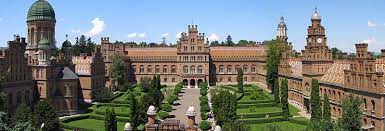
Chernivtsi

Cherkasy
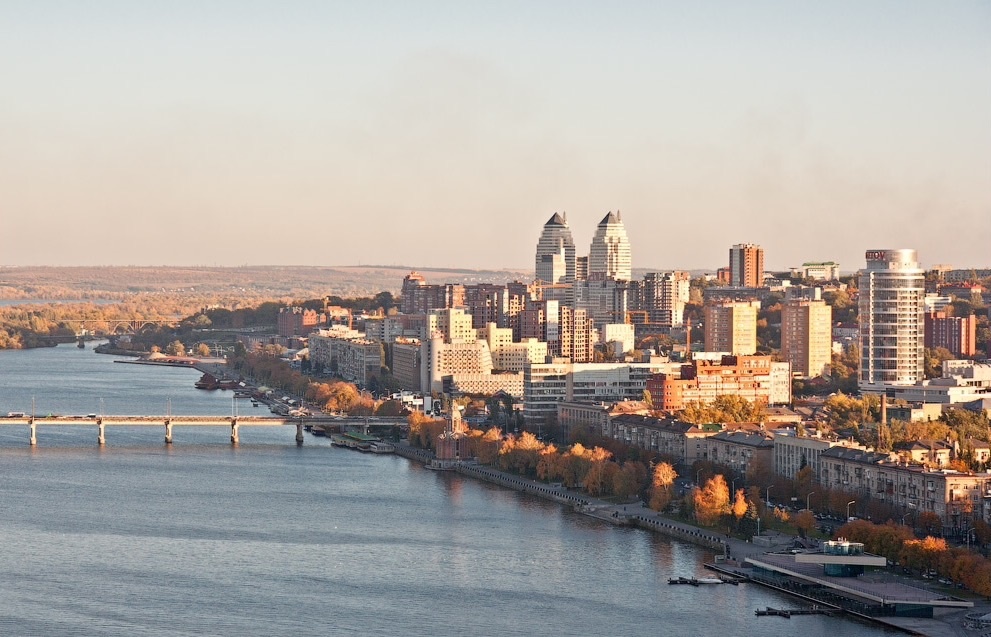
Dnipropetrovsk

Donetsk

Ivano-Frankivsk

Kharkiv

Kherson

Khmelnytskyi

Kirovohrad

Kyiv

Luhansk

Lviv

Mykolaiv
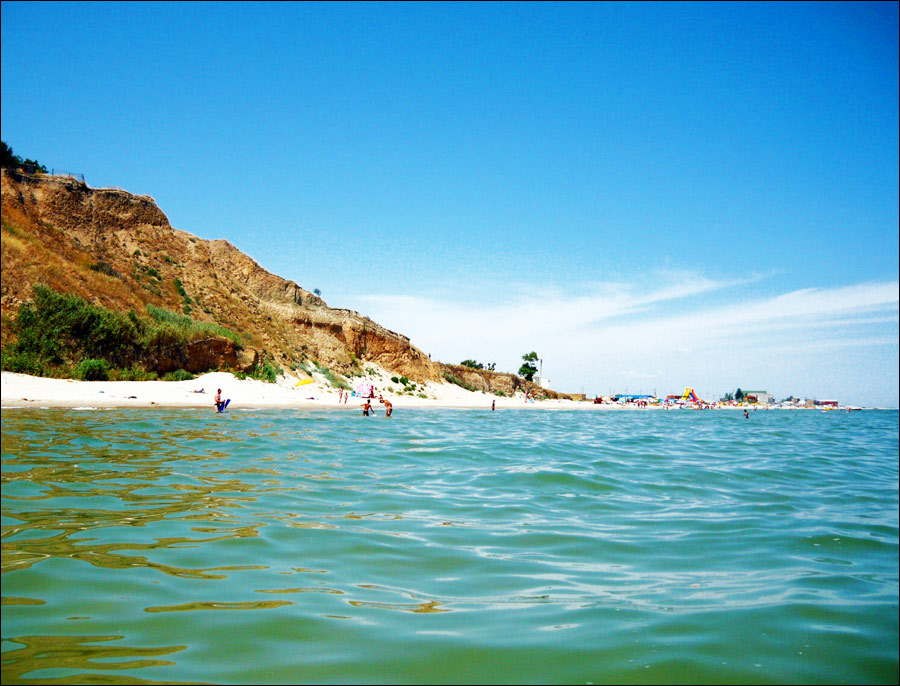
Odessa

Poltava

Rivne

Sumy

Ternopil

Vinnytsia

Volyn

Zakarpattia
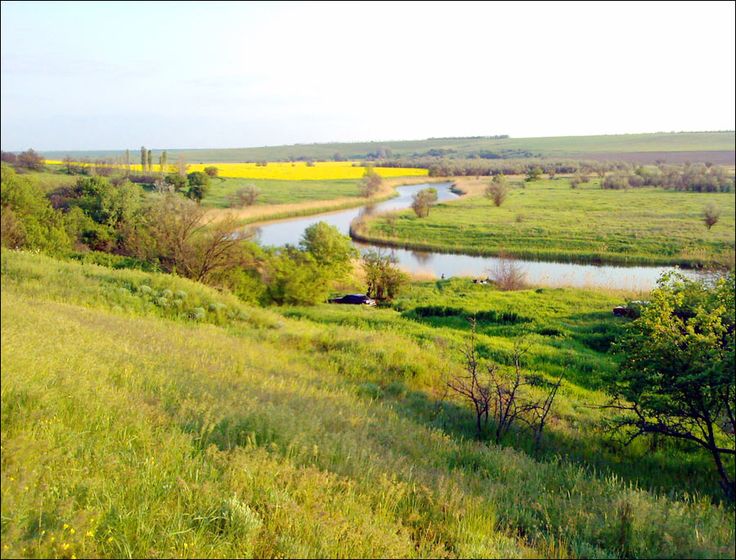
Zaporizhzhia
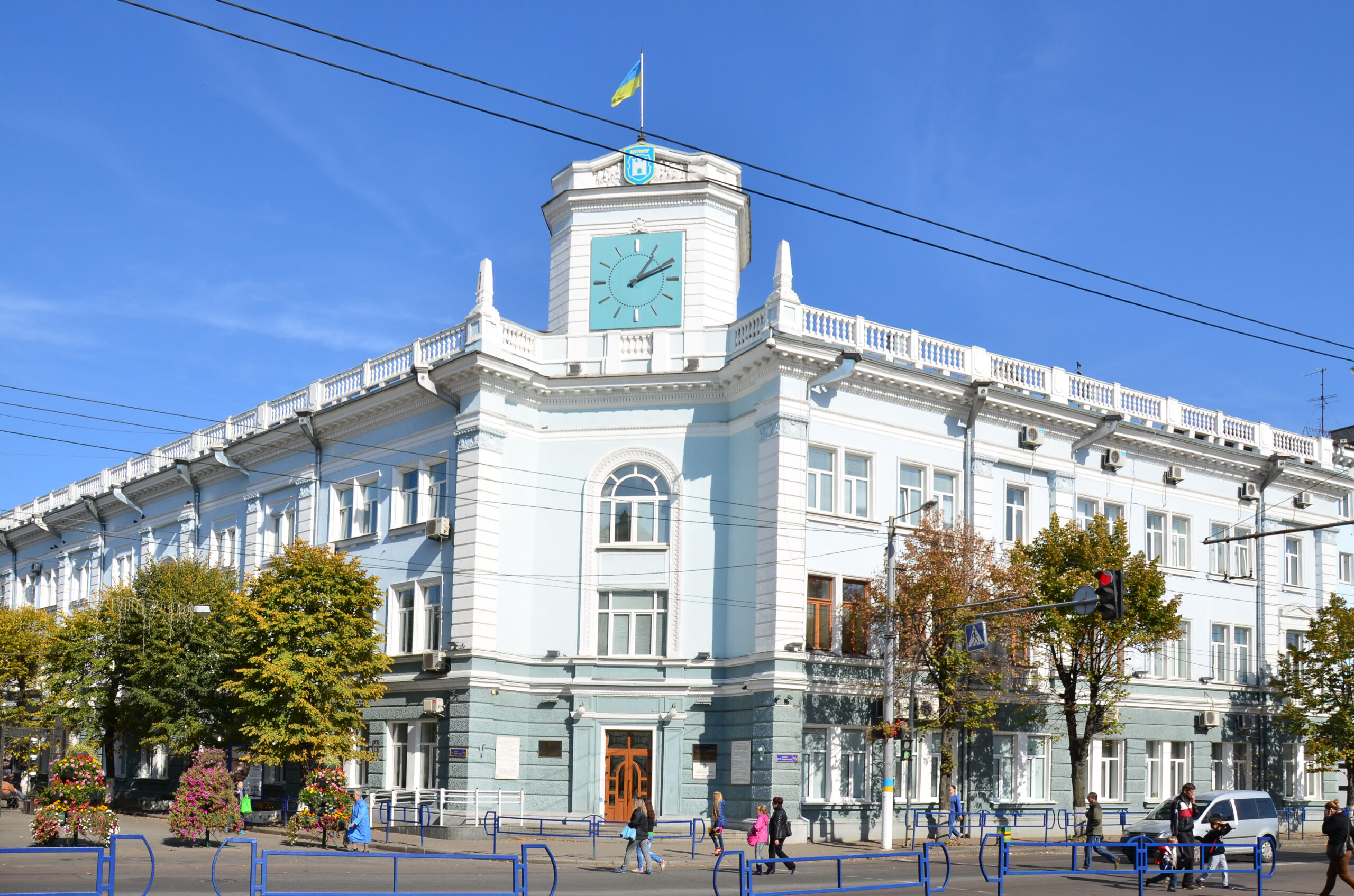
Zhytomyr
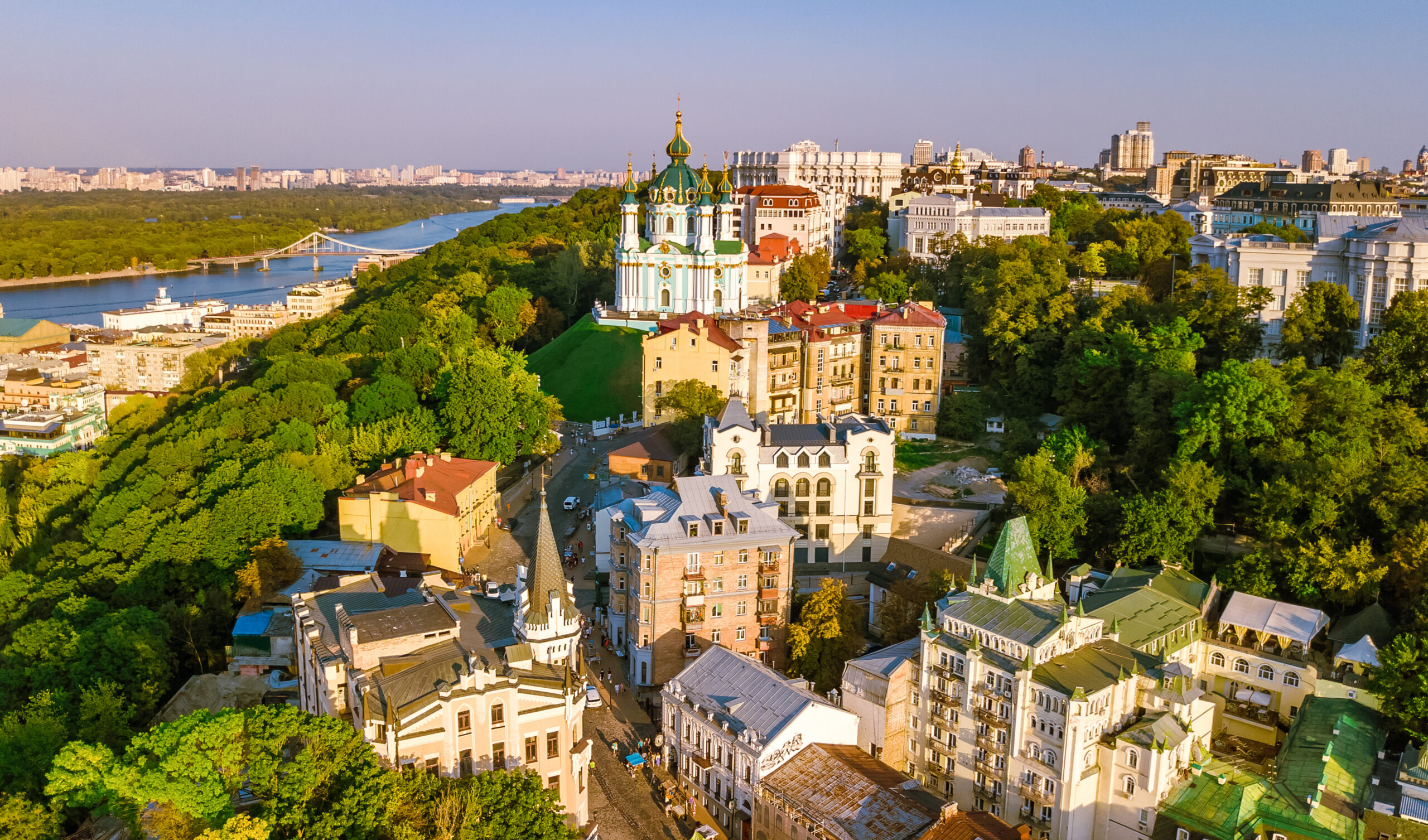
Kyiv

Autonomous Republic of Crimea
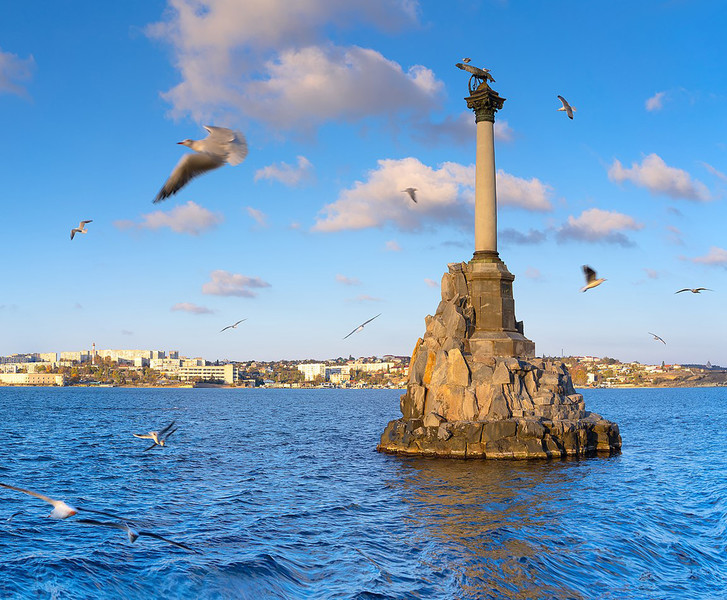
Sevastopol
Before you go 🛩
Important information you should know before your trip
Info
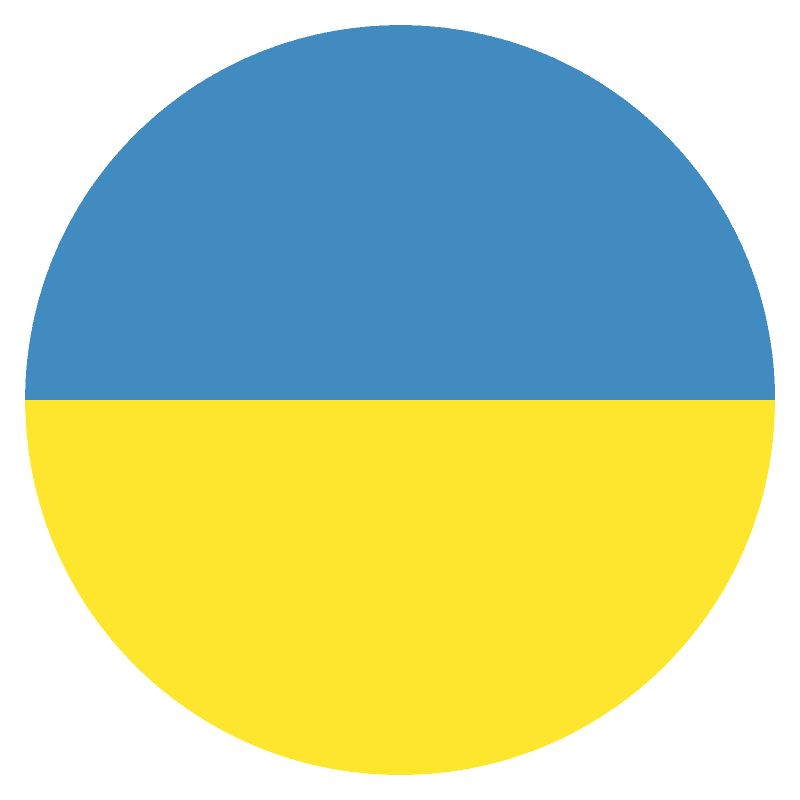
Capital | Kiev
Flag Codes:
ISO alpha-2 UA,
ISO alpha-3 UKR
Currency
Badge | Hryvnia
CODE | UAH
NUMBER | 980
SYMBOL | ₴
FRACTION | kopiyka
Mobile Coverage
Dialing Code | +380
SIM Card
Coverage | 3G / 4G / 5G |
Mobile Networks | Kyivstar Mobile | Lifecell | Vodafone Mobile |

Location
Ukraine is a country located in Eastern Europe. It is the largest country entirely within the European continent. Ukraine shares borders with several countries: to the northwest, it borders Belarus; to the north, it borders Russia; to the northeast, it borders Russia’s autonomous republic of Crimea and the Sea of Azov; to the east and southeast, it shares borders with the Black Sea; to the south, it borders Moldova and the breakaway region of Transnistria; to the southwest, it borders Romania; and to the west and southwest, it borders Hungary, Slovakia, and Poland.
The capital and largest city of Ukraine is Kyiv (also known as Kiev). Ukraine has a diverse landscape, including plains, plateaus, mountains (the Carpathians in the west and the Crimean Mountains in the south), and the Black Sea coastline in the south. It is a country with a rich history, culture, and natural beauty, attracting visitors from around the world.
Currency
The currency of Ukraine is the Hryvnia (UAH).
Languages
The official language of Ukraine is Ukrainian.
In addition to Ukrainian, which is the official language, other languages are also spoken in Ukraine, including:
Russian: it is the second most spoken language in Ukraine and is spoken by a significant part of the population.
Hungarian: It is spoken by the Hungarian minority residing in western Ukraine, near the Hungarian border.
Romanian: It is spoken by the Romanian minority residing in the north of Ukraine, near the Romanian border.
Polish: It is spoken by the Polish minority residing in western Ukraine, near the border with Poland.
Slovak: It is spoken by the Slovak minority residing in western Ukraine, near the border with Slovakia.
Belarusian: It is spoken by the Belarusian minority that resides in the north of Ukraine, near the border with Belarus.
Crimean Tatar: It is spoken by the Crimean Tatar minority residing in the Crimean peninsula, annexed by Russia in 2014.
It is important to note that the use of these languages varies by region and population. In some areas, Russian is more predominant than Ukrainian, while in others, such as western Ukraine, Ukrainian is the most commonly spoken language.
Climate 🌡
Ukraine experiences a temperate continental climate. However, please note that climate patterns can change over time, so it’s essential to verify this information with more recent sources.
Here are some key characteristics of Ukraine’s climate:
Four Distinct Seasons: Ukraine has four well-defined seasons—spring, summer, autumn, and winter—each with its own typical weather conditions.
Summer: Summers in Ukraine, especially in the southern regions, can be hot and dry. Average temperatures during the summer months (June to August) range from 25°C to 30°C (77°F to 86°F) but can sometimes reach even higher temperatures.
Winter: Winters are cold, especially in the northern and eastern parts of the country. Average temperatures during winter (December to February) range from -8°C to -3°C (17°F to 27°F). In some regions, temperatures can drop significantly below freezing, and snowfall is common.
Spring and Autumn: Spring (March to May) and autumn (September to November) are transitional seasons with mild temperatures. These seasons can be unpredictable, with some days being quite warm while others are cooler.
Precipitation: Precipitation varies across the country. The western regions tend to receive more rainfall throughout the year, while the southern and eastern parts can experience drier conditions. Summer is generally the wettest season, with occasional thunderstorms.
Regional Variations: Due to Ukraine’s vast size and diverse geography, there are regional variations in the climate. The southern regions along the Black Sea coast have a milder climate compared to the colder continental climate of the central and northern areas.
Ukraine travel tips
If you’re planning a trip to Ukraine, here are some travel tips to enhance your experience:
Charming Lviv:
Wander through Lviv’s cobblestone streets, enjoying its vibrant cafes, UNESCO-listed Old Town, and unique blend of Polish and Ukrainian influences.
Local Etiquette:
Embrace Ukrainian hospitality by respecting local customs, tipping in restaurants, and engaging with warmth and courtesy.
Festivals and Events:
Check for local events and festivals, such as Ivana Kupala Night or Kyiv Day, to immerse yourself in the vibrant cultural scene.
Chernobyl Exploration:
Take a guided tour to Chernobyl and Pripyat for a unique, sobering experience of the infamous nuclear disaster site.
Transportation:
Navigate efficiently using trains or domestic flights for longer distances, and explore cities on foot or using efficient public transport. View Guide.
Hospitality of Homestays:
Consider staying in local homestays for an authentic experience, connecting with Ukrainian families and their way of life.
Health Precautions:
Be aware of local health facilities, carry necessary medications, and have travel insurance for emergencies.
Enjoy your time in Ukraine!

The best of the best
Ukrainian cuisine is rich and flavorful, influenced by its agricultural heritage and a mix of different cultures.

Borscht
Perhaps the most famous Ukrainian dish, borscht is a hearty beetroot soup that often includes vegetables like potatoes, carrots, onions, and cabbage.

Varenyky (Pierogi)
Varenyky are dumplings made from unleavened dough and filled with various ingredients. Common fillings include potatoes, cottage cheese, mushrooms, cabbage, and cherries.

Holubtsi (Stuffed Cabbage Rolls)
Holubtsi are cabbage leaves stuffed with a mixture of rice and ground meat, typically pork or beef.
Here are some typical foods of Ukraine:
Chicken Kyiv (Kyiv Cutlet): This dish consists of a boneless chicken breast rolled around cold butter and herbs, then breaded and fried until golden and crispy. When cut open, the melted butter oozes out, making it incredibly flavorful.
Salo: Salted pork fatback, known as salo, is a traditional Ukrainian delicacy. It is often sliced thinly and eaten with bread and garlic or used in various dishes for added flavor.
Kholodets (Aspic): Kholodets is a jellied meat dish made from boiled meat (usually pork or chicken) and gelatin from the meat broth. It is served cold and is a popular dish during holidays and special occasions.
Kutia: A traditional Christmas dish, kutia is a sweet grain pudding made from wheat berries, poppy seeds, honey, nuts, and dried fruits.
Deruny (Potato Pancakes): Deruny are grated potato pancakes fried until crispy on the outside and tender on the inside. They are often served with sour cream or applesauce.
Syrnyk (Ukrainian Cheesecake): Syrnyk is a cheesecake made from a mixture of cottage cheese, eggs, sugar, and flour. It can be baked or fried and is typically served with sour cream or fruit preserves.
Nalysnyky (Ukrainian Crepes): Nalysnyky are thin crepes filled with sweet cheese, jam, or meat. They can be served as a main dish or as a dessert.
Ukrainians take pride in their food culture, and each region may have its own unique specialties and variations on these classic dishes.
Transportation 🚥
More information about this country
Choose your destination 📍🗺
Useful Links ✅



